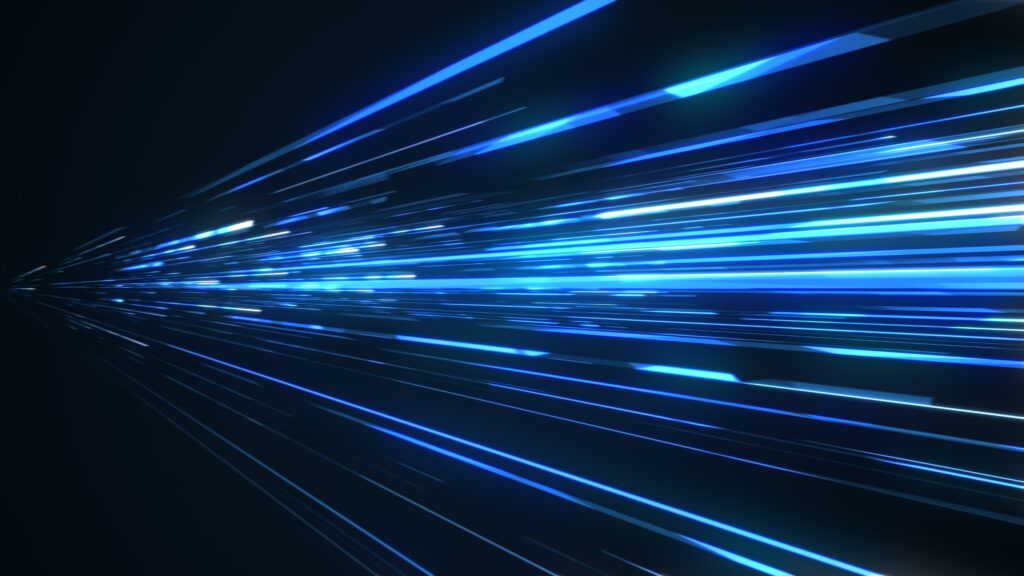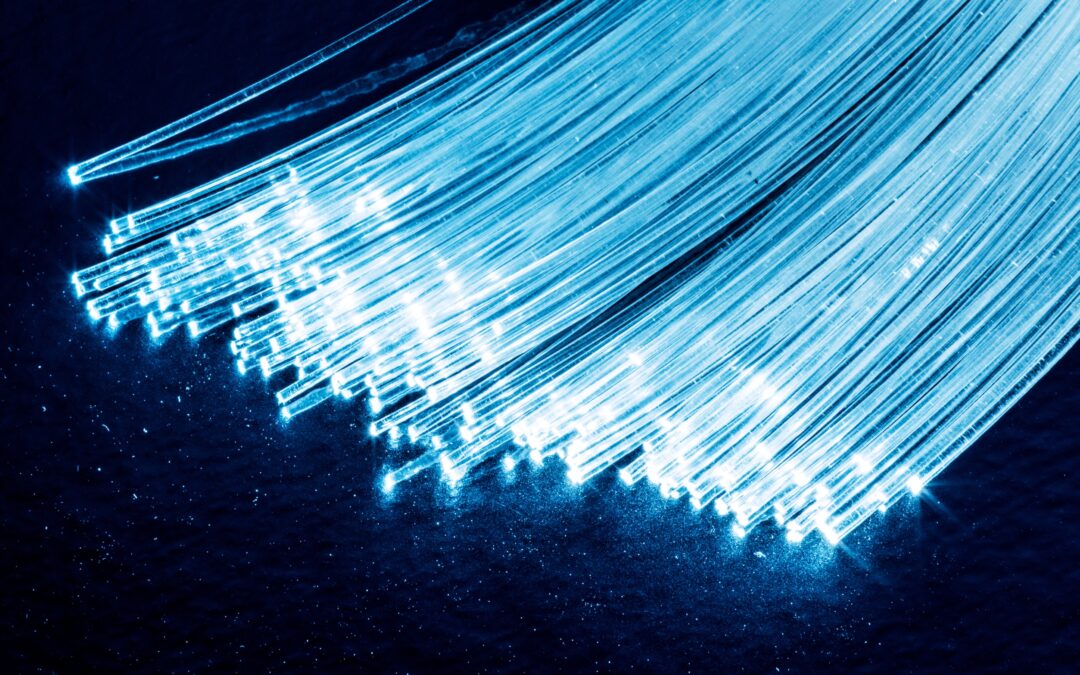In the realm of high-speed internet, various technologies work together seamlessly to deliver the connectivity we rely on daily. One such technology that plays a crucial role in delivering high-speed internet over cable networks is DOCSIS, an acronym for Data Over Cable Service Interface Specification.
Read on to learn more about how DOCSIS, initially designed for coaxial cables, fuses with newer fiber cable systems to provide superior network solutions.
Understanding the Basics of DOCSIS
DOCSIS is a set of international telecommunications standards that facilitate the high-speed transmission of data over cable TV networks. DOCSIS standards ensure interoperability and compliance among cable modem manufacturers and cable service providers. The first DOCSIS specification was released in 1997, and since then, it has undergone several revisions to accommodate the increasing demand for faster and more reliable internet connections.
How DOCSIS Works
DOCSIS operates by leveraging the existing infrastructure of cable television networks to provide internet services. Analogous to a highway, DOCSIS allows multiple streams of data to flow concurrently over a coaxial cable, ensuring high-speed internet even during peak times. This multi-lane highway approach has been fundamental in providing a smooth internet experience.
Here’s a simplified overview of how it works:
Downstream Transmission
- Internet data is sent from the service provider’s data center to the cable headend.
- The cable headend then combines the internet data with the existing television signals.
- The combined signals are sent downstream through the cable infrastructure to the user’s premises.
Upstream Transmission
- User requests and data are sent upstream from the cable modem at the user’s premises to the cable headend.
- The cable headend separates the internet data from the television signals.
- The internet data is then sent to the service provider’s data center for processing.
Modulation and Demodulation
DOCSIS uses a method called Quadrature Amplitude Modulation (QAM) for data transmission.
Modems at both ends (user and headend) modulate and demodulate signals to encode and decode data.
Understanding Data Cabling

Data cabling serves as the lifeline for transmitting digital information between devices and networks. The three primary types of data cabling—coaxial cables, fiber optic cables, and Ethernet cables—each bring their own set of advantages and applications to the table.
Coaxial Cables
Coaxial cables consist of a copper core surrounded by insulating material, a metallic shield, and an outer insulating layer. Widely used in cable television, they offer excellent bandwidth and are the original medium for DOCSIS.
Fiber Optic Cables
Fiber optic cables use thin strands of glass or plastic to transmit data as pulses of light.
Renowned for high data transfer speeds and immunity to electromagnetic interference, fiber optics are common in high-performance networks.
Related: Cat6 Cables vs Fiber Optic Cables: What Is the Difference?
Ethernet Cables
Ethernet cables, often with twisted pairs of copper conductors, are prevalent in local area networks (LANs). With varying categories like Cat5e, Cat6, and Cat7, Ethernet cables support different data transfer speeds.
Merging DOCSIS and Data Cabling
While DOCSIS was conceived with coaxial cables in mind, its adaptability has allowed it to integrate seamlessly with other types of cabling. This adaptability is particularly evident in hybrid systems, where multiple cabling types coexist to create robust and flexible network infrastructures.
Hybrid Fiber-Coaxial (HFC) Networks
DOCSIS found its way into Hybrid Fiber-Coaxial (HFC) networks, where it works in tandem with both fiber optic and coaxial cables. Fiber optics handle the long-distance, high-bandwidth segments, while coaxial cables deliver connectivity to individual businesses.
Ethernet Over DOCSIS (EPoC)
DOCSIS has also been integrated with Ethernet, resulting in solutions like Ethernet Over DOCSIS (EPoC). This convergence leverages the strengths of both technologies to deliver high-speed internet services efficiently.
The Benefits of DOCSIS
Let’s uncover the benefits that have positioned DOCSIS as a cornerstone in delivering high-speed and reliable internet services.
Scalability
DOCSIS boasts a unique advantage in its scalability, allowing for seamless upgrades with the introduction of newer versions. As technology advances and the demand for higher bandwidth grows, DOCSIS specifications evolve to meet these needs.
Whether it’s the transition from DOCSIS 3.0 to 3.1 or beyond, the ease of upgrading ensures that networks stay competitive and capable of meeting the increasing demands of the digital age.
Cost-Efficiency
One of the standout features of DOCSIS is its cost-efficiency, achieved by leveraging existing cable TV infrastructures. Cable television networks were initially designed for one-way data transmission, primarily for broadcasting content to homes. DOCSIS ingeniously repurposed these infrastructures for two-way data communication, eliminating the need for extensive and expensive network overhauls.
Speed
One of the most compelling benefits of DOCSIS is its ability to support broadband-level speeds, ushering in a new era of enhanced user experiences. With each iteration of the DOCSIS standard, data transfer rates have seen significant improvements, keeping pace with the insatiable demand for faster internet.
DOCSIS facilitates the delivery of high-speed internet, enabling users to conduct bandwidth-intensive activities with ease.
Troubleshooting Common DOCSIS-related Issues
Let’s explore common DOCSIS-related problems and provide insights into troubleshooting these issues to ensure a seamless online experience.
Slow Speeds
One of the most common complaints users have is slow internet speeds. Several factors can contribute to this issue, with outdated modems being a primary culprit. If you’re experiencing sluggish speeds, consider checking the age and compatibility of your modem with the DOCSIS standard.
Intermittent Connection
An intermittent connection, characterized by periods of disconnection or erratic behavior, often stems from physical cable issues. Start by examining the coaxial cable connecting your modem to the cable outlet. Look for any signs of wear, kinks, or damage. Even minor damage can disrupt the signal, leading to intermittent connectivity problems.
Embracing the Future
As the world’s hunger for faster and more reliable internet grows, technologies like DOCSIS will adapt. The fusion of DOCSIS with fiber cable systems exemplifies how innovation can enhance existing structures, creating a more powerful internet experience.
At Data Safe Group LLC, we install Cat6 cable or fiber optic cable systems. If you have been using coaxial cables and want to upgrade your network, we can help. Contact us today!

